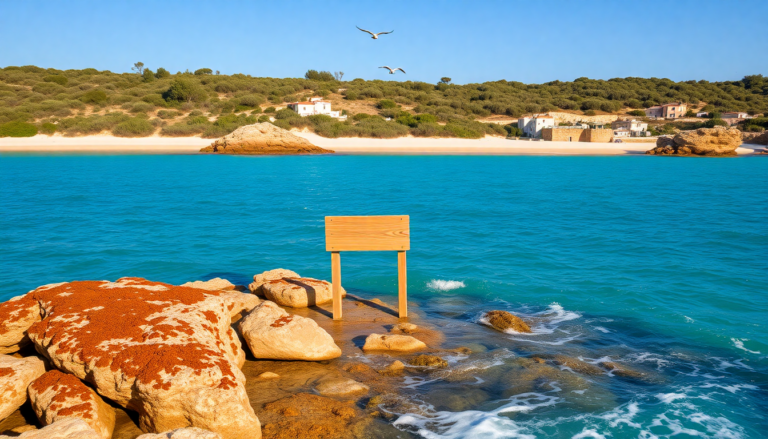Argomenti trattati
Torre Guaceto, a marine reserve located in Puglia, Italy, has recently garnered international acclaim for its outstanding efforts in marine conservation. Recognized during the United Nations Oceans Conference, this area has received the prestigious Blue Park Award, making it one of the most effective marine protected areas globally. This article delves into the significance of Torre Guaceto and its role in preserving marine biodiversity.
Understanding the Blue Park Award
The Blue Park Award is a global recognition that highlights marine protected areas demonstrating effective management and community involvement. Torre Guaceto has maintained this award for over five consecutive years, showcasing its commitment to protecting marine ecosystems. The reserve is celebrated not just for its natural beauty but for its robust management strategies that have fostered a thriving habitat for various marine species.
Ecological significance of Torre Guaceto
Nestled between the towns of Brindisi and Carovigno, Torre Guaceto safeguards a pristine stretch of coastline characterized by lush seagrass meadows and crystal-clear waters. This habitat is crucial for numerous marine species, including nesting turtles and various fish species. The reserve’s ecological value is further emphasized by its designation as an area of integral protection under Italian law, highlighting its effectiveness in maintaining intact marine ecosystems.
Community involvement in conservation
The success of Torre Guaceto is not solely attributed to its natural attributes but also to the active involvement of local communities in conservation efforts. Engaging local populations has proven vital in managing resources sustainably, thereby ensuring the protection of marine habitats. This collaborative approach has set an example for other marine protected areas, demonstrating that science, responsible management, and community participation can coexist harmoniously.
Global network of Blue Parks
With Torre Guaceto’s recent recognition, the global network of Blue Parks now comprises 34 sites across 23 countries, collectively protecting over 3.5 million square kilometers of ocean. Countries participating in this initiative are committed to the 30×30 goal, aiming to safeguard at least 30% of oceans and lands by 2030, a crucial step towards preserving biodiversity and addressing climate change.
Other notable marine protected areas
In addition to Torre Guaceto, other marine areas have also received recognition for their conservation efforts. Cahuita in Costa Rica showcases a participatory model that engages local communities in managing its rich biodiversity. Meanwhile, Gorgona in Colombia has transformed from a military base to a sanctuary for various marine species, highlighting the potential for environmental restoration. Similar efforts can be seen in Hawaii, where traditional practices are being revived to protect the ocean.
Future perspectives on marine conservation
The recognition of Torre Guaceto and other Blue Parks emphasizes the importance of sustained efforts in marine conservation. As the world faces escalating environmental challenges, these initiatives offer hope and a path forward. By learning from successful models like Torre Guaceto, it is possible to foster a greater awareness of the need for ongoing protection of our oceans and the diverse life they support.
Such efforts not only benefit marine ecosystems but also enrich local communities and economies. The story of Torre Guaceto serves as a reminder of the interconnectedness of nature and humanity, encouraging a collective commitment to preserving our planet’s precious resources.

